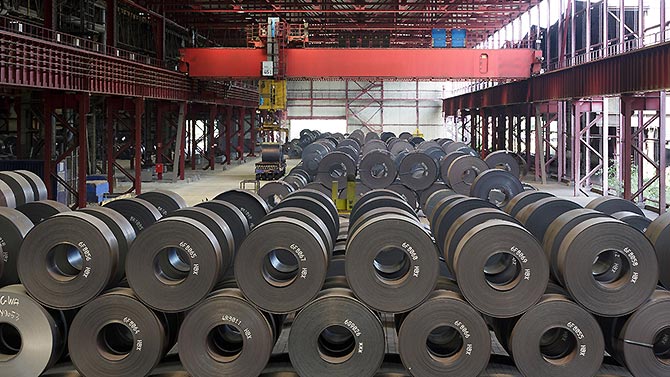When it comes to home improvement, construction, or DIY projects, having the right tools can make all the difference. Among the most commonly used power tools are the impact driver and the drill. While they may appear similar at first glance, their functionalities, mechanisms, and ideal applications are distinctly different. This article delves into the nuances of impact drivers versus drills, helping you make informed decisions for your next project.
Understanding the Basics: What is a Drill?
A drill is a versatile tool primarily designed for creating holes in various materials, including wood, metal, and plastic. The most common type is the electric drill, which uses a rotating drill bit to bore holes. Drills come in various forms, including corded and cordless models, each offering different power levels and battery life.
Key Features of Drills:
- Chuck Size: Most drills come with a keyless chuck that allows for easy bit changes. Common sizes are 1/2 inch and 3/8 inch.
- Speed Settings: Many drills offer variable speed settings, allowing users to adjust the RPM (revolutions per minute) based on the material being drilled.
- Torque Control: Drills typically have adjustable torque settings, which help prevent overdriving screws and damaging materials.
The Impact Driver: A Power Tool for Tough Jobs
An impact driver, on the other hand, is specifically designed for driving screws and fasteners. It combines rotational motion with concussive blows, making it particularly effective for driving long screws into dense materials. The impact mechanism allows the tool to deliver high torque without requiring excessive user effort.
Key Features of Impact Drivers:
- High Torque Output: Impact drivers generate significantly higher torque compared to standard drills, making them ideal for heavy-duty applications.
- Quick-Change Chuck: Most impact drivers use a 1/4-inch hex chuck, allowing for rapid bit changes and compatibility with a wide range of driver bits.
- Compact Design: Impact drivers are generally smaller and lighter than drills, making them easier to maneuver in tight spaces.
Comparing Performance: When to Use Each Tool
Understanding the specific applications of each tool can greatly enhance your efficiency and effectiveness in any project.
Drills: Best for Precision and Versatility
Drills excel in tasks that require precision, such as:
- Creating Pilot Holes: When working with hardwood or metal, a drill is essential for creating pilot holes to prevent splitting.
- Drilling Holes: For tasks that involve drilling holes of various sizes, such as installing anchors or plumbing, a drill is the go-to tool.
- Light to Medium Fastening: While drills can drive screws, they are best suited for lighter fastening tasks where precision is key.
Impact Drivers: Ideal for Heavy-Duty Fastening
Impact drivers shine in scenarios that demand high torque and speed, such as:
- Driving Long Screws: When working with thick materials or when using long screws, an impact driver can drive them in quickly and efficiently.
- Removing Stubborn Fasteners: The concussive force of an impact driver makes it effective for loosening rusted or stuck screws and bolts.
- Working with Tough Materials: For applications involving dense materials like hardwood or metal, an impact driver provides the necessary power without straining the user.
Conclusion: Choosing the Right Tool for Your Project
In summary, both impact drivers and drills serve unique purposes in the realm of power tools. A drill is your best bet for precision drilling and light fastening tasks, while an impact driver is indispensable for heavy-duty fastening and driving applications. Understanding the strengths and limitations of each tool will empower you to select the right one for your specific needs, ensuring that your projects are completed efficiently and effectively.


